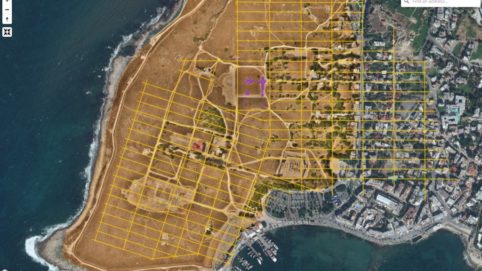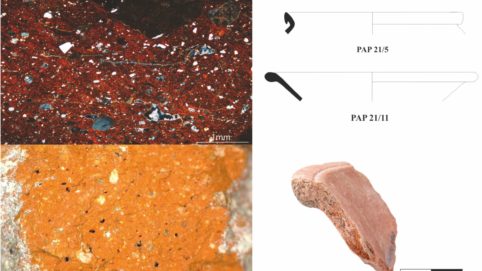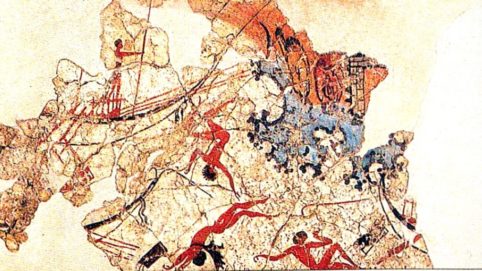Since 1965, the expedition of the Polish Centre of Mediterranean Archaeology, University of Warsaw, has been working at the archaeological site of Nea Paphos—the Hellenistic and Roman capital of Cyprus, whose remains are listed as a UNESCO World Heritage Site. The first head of the Polish Archaeological Mission in Cyprus was the founder and patron of PCMA UW, Prof. Kazimierz Michałowski. The excavations he initiated continue to this day, marking the longest-running foreign archaeological project on the island.




